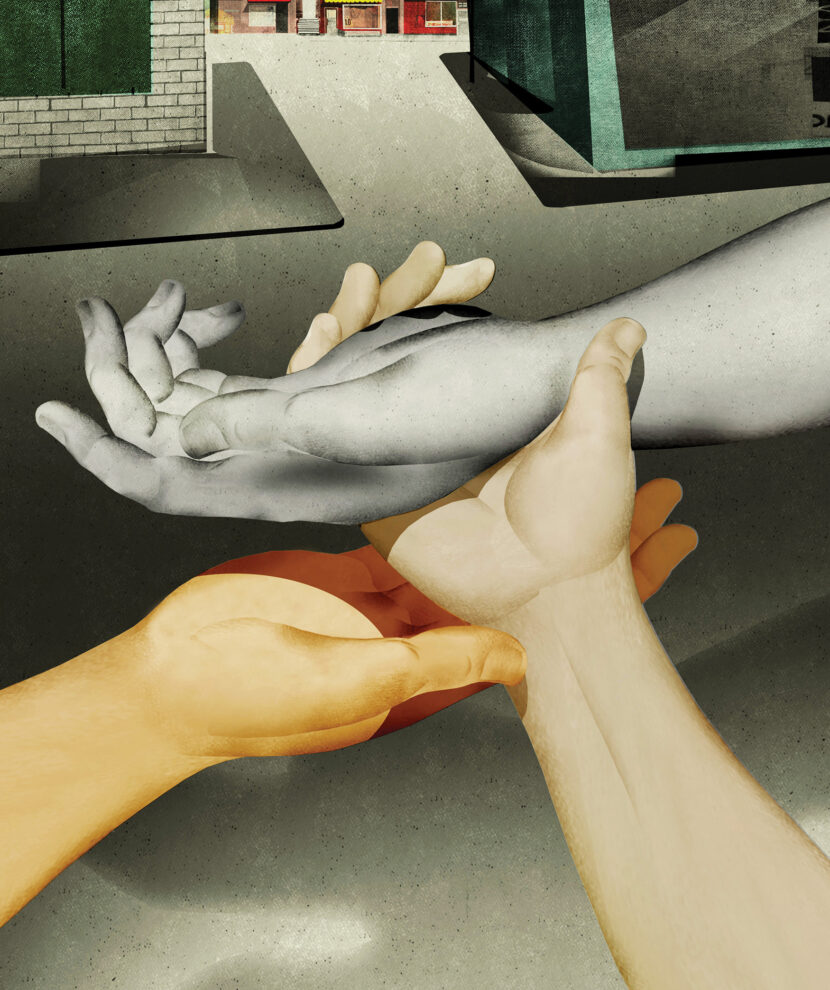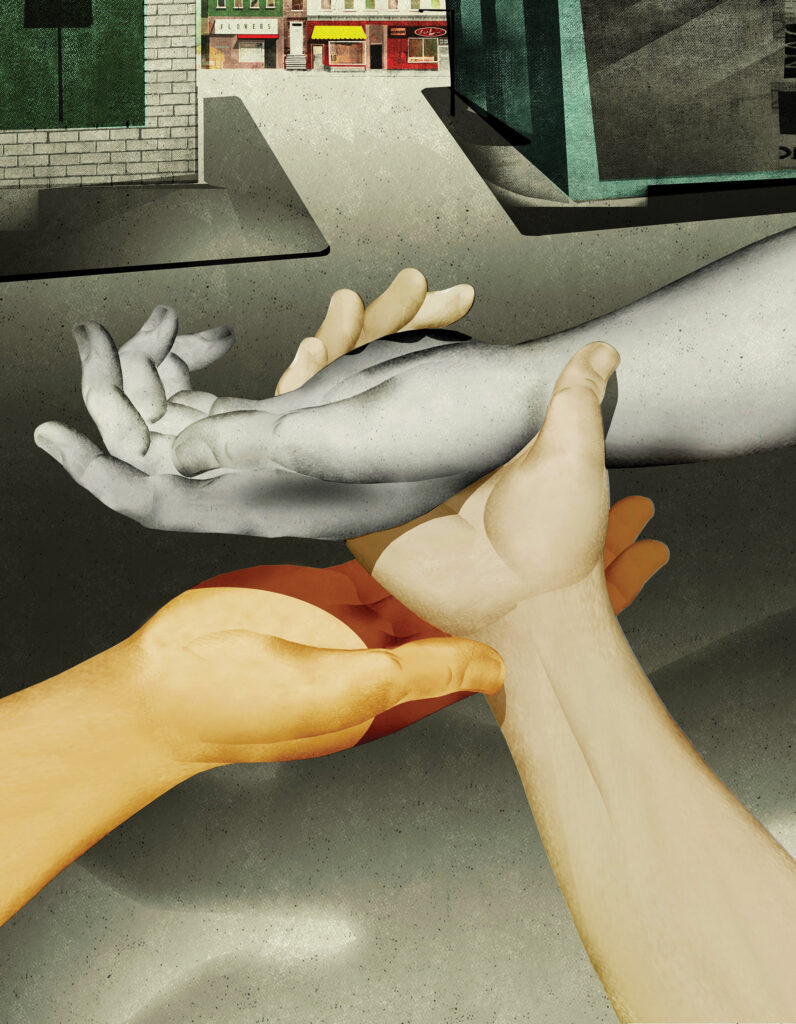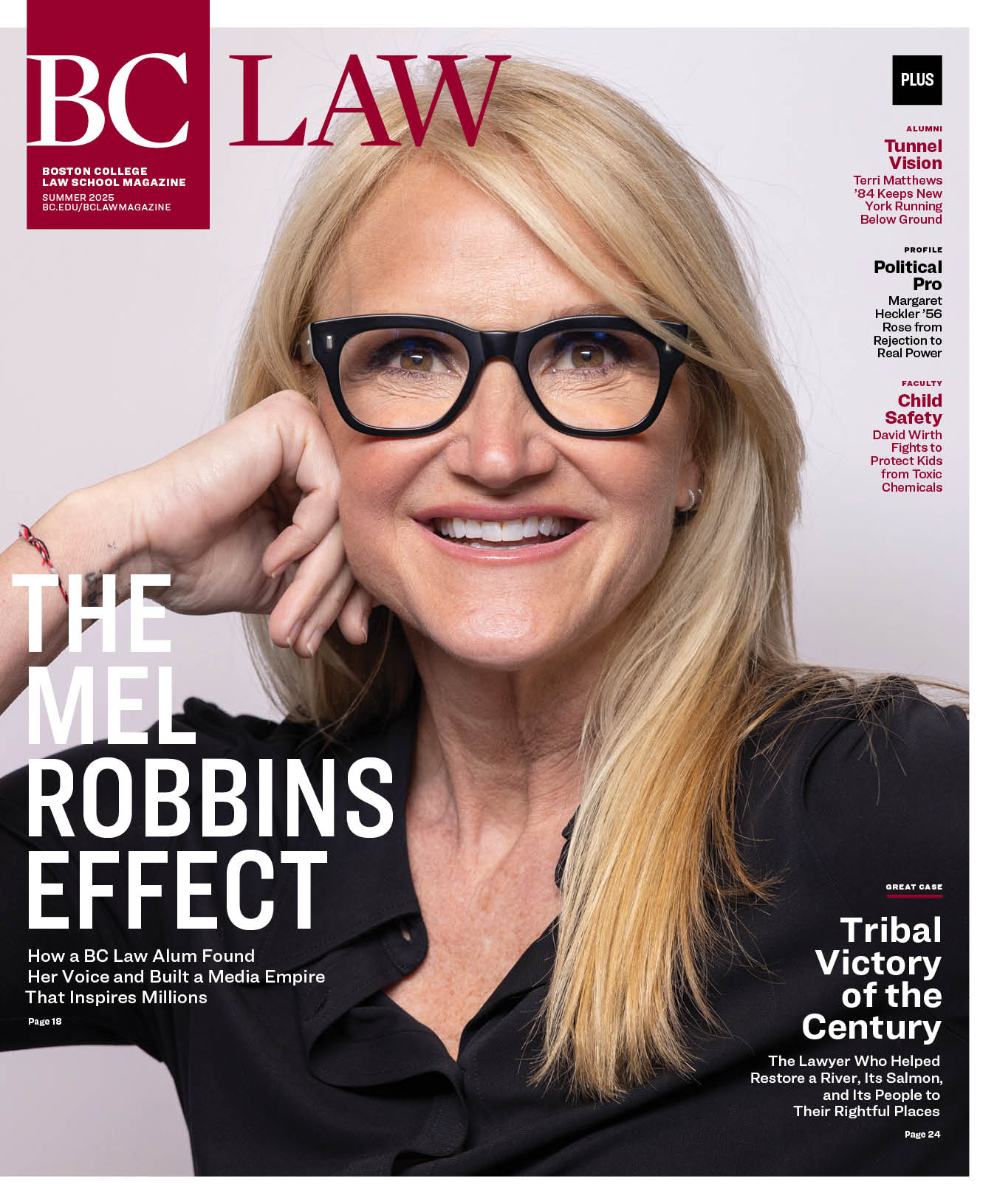In the fall of 2020, as the pandemic raged, I was thrust into a classroom that wasn’t really a room at all. It was a Zoom “room” where, period after period, I was faced with thirty tiny—often empty—boxes representing thirty students who were, alongside their families, confronting unprecedented challenges. My lessons reached thirty different individuals with little in common except being subject to my amateurish attempts to teach algebra. Everything was a challenge: cameras stayed off, students communicated almost exclusively through a chat bar, invitations to join breakout rooms were regularly ignored.
There were pockets of hope, however: a student coming off of mute to share how they spent their weekend, an encouraging message being sent from one student to another, a phone call with parents to collaborate on how to best support their child. These moments of humanity—of intermittent connection—chipped away at the malaise of remote education. Against the backdrop of the pandemic, and all of the trauma and precarity that came with it, these interactions added up. And although the faces of my students remained hard to come by, I sensed them taking shape in the real world beyond my screen.
I learned that teaching was less about designing a perfect lesson or having a perfect answer to every question. It was about fostering opportunities for connections at every turn. Little by little, day by day, each interaction built a sense of community that transcended our physical separation.
As I transitioned to BC Law in the fall of 2022, I found myself thrust into a classroom once again. This classroom simultaneously felt familiar and foreign. All the signifiers of my pre-teaching life were present, but I now occupied the role of a student searching for a purpose in a completely different context. Where my previous two years were centered around the idea of community—how it’s cultivated, maintained, and at times, threatened—I was wary of being unable to find it at all in law school.
I’ve spent my entire life inside classrooms. Even during the two years between college and law school, I found myself inside a classroom as a high school math teacher on Chicago’s Near-West side.
I recall how I felt during orientation as I looked across the classroom and saw my new peers. Each of us brought different stories into the classroom, and each of our stories were forged by the communities from which we came. And yet, despite the many differences between BC Law and the classroom I occupied as a teacher, one feature was the same: We all yearned for community—to find in BC Law a place that embraced us as students and as humans.
And just like when I was a teacher, I’ve seen a community form over the last three years—not all at once, but little by little, day by day. BC Law carries a reputation for its collegiality. Yes, the faculty, staff, and my peers are all incredibly kind. But building a community requires more than collegiality. It requires intentionality toward learning about and from one another just as much as we learn from our casebooks and professors.
If I’ve absorbed anything from the last five years, it’s that community is a practice more than a place. Each and every Yellow Room lunch conversation, affinity-group event, and intermittent connection coalesces into a whole greater than its parts. It goes beyond a shared space. It’s created between us, and it travels with us wherever we go.
So, as I, along with my peers, leave BC Law to venture out into the world again, I know I’ll always carry this community with me.




